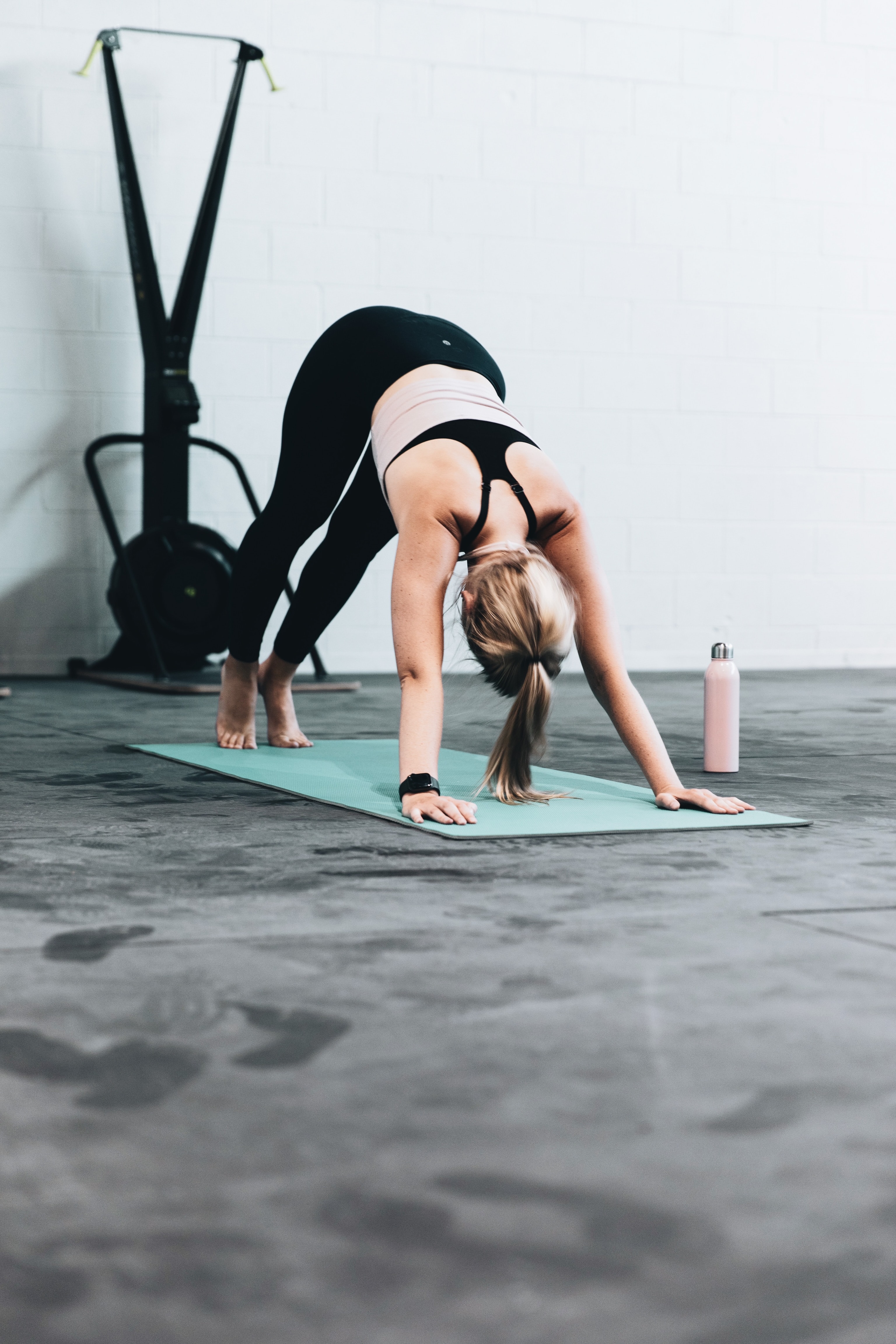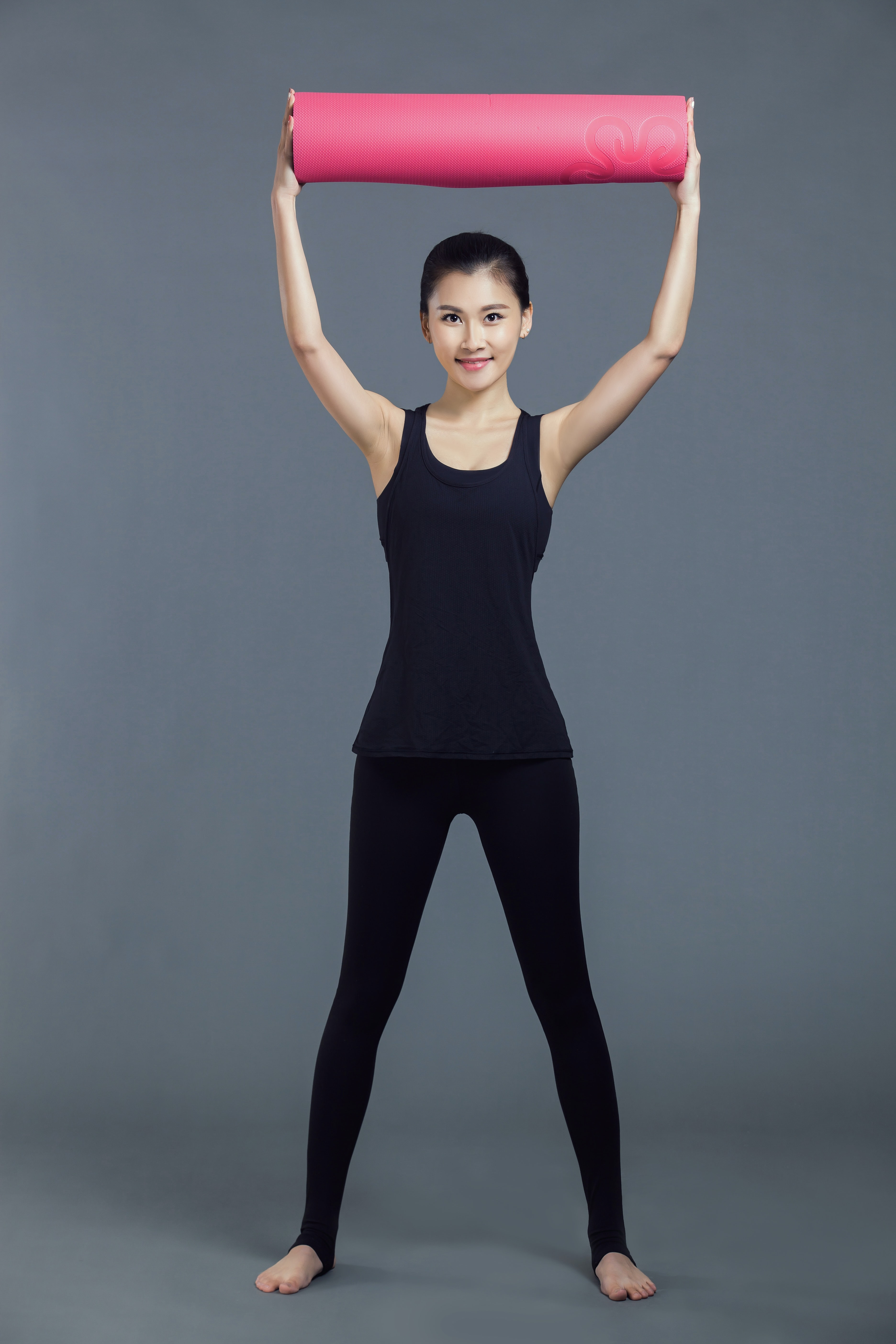Yoga during Work Hours to Alleviate Stress
4 minuteRead

Yoga is derived from the Sanskrit root "Yuj," which implies "to join," "to yoke," or "to unify." Yoga is a set of physical, mental, and spiritual practices that promote mental and physical well-being. It is a mind-body activity that can help with relaxation, flexibility, concentration, endurance, and overall wellness. Benefits of yoga can be numerous but ever since life has become busier and more stressful in recent years, yoga can be a highly effective method for reducing stress. Finding the correct balance has become more important for us to operate more effectively and maintain our mental sanity. Yoga has always been considered a powerful antidote to stress since it incorporates a variety of stress-relieving techniques that help us clear our minds and relax our bodies.
Benefits of practising Yoga during work hours
Yoga can be extremely beneficial during work hours as it boosts our energy level, concentration capacity, and productivity. Here are some benefits of practising yoga at the workplace:
Eases Regular Office Work Pain:
We regularly slump at our desks and bend our necks forward to stare at the computer screen for long durations. These unusual postures are problematic since they can cause back pain, neck strain, and shoulder discomfort, all of which reduce productivity as employees are distracted by this discomfort and unable to concentrate on their work. Yoga postures can be very effective in reducing pain and stress-related discomfort.
Higher productivity and increased energy:
We typically work all day these days, which causes stress and reduces our energy with time. Stretching, breathing exercises, or standing up every 30 minutes or one hour enhances blood circulation and oxygen levels in our body, giving us more energy. Furthermore, simple You can practise Yoga postures at your desk to improve blood circulation and energy. When we are recharged, we can work more effectively.
Higher levels of concentration and creativity:
To shine in today's world, we need to be creative, and creativity comes when we have better mental health. Yoga improves concentration and broadens creativity when done regularly. Yoga improves blood circulation, resulting in increased mental focus and sharpness.
Physical and emotional well-being:
According to certain studies, office yoga can also aid in the management of chronic illnesses. Yoga can help with insomnia, high blood pressure, and even depression. When we have a lot of workload and strict deadlines, we become easily frustrated, which affects our mental health. Yoga can be extremely beneficial in such cases for both emotional and physical well-being.
Better team spirit:
We become more hostile and unpleasant when we are stressed. We refrain from talking to anyone in the team and isolate ourselves from everyone. Considering the current situation, when most employees work remotely, having a strong team spirit is critical. Yoga is proven to reduce stress hormones and also ease stress in ways that are likely to encourage a more peaceful workplace.
Yoga Poses for the Workplace
Sitting at a desk for over eight hours a day can be bad for one's emotional and physical well-being. Here are a few yoga postures you can do while sitting in your chair to relieve stress.
Dirga Pranayama
Dirga Pranayama is a simple breathing technique that is gentle and deep. This technique can help get us out of a high-stress situation. This breathing method can bring in calmness whenever you need it - at your desk or at a conference.
Steps:
- Feel your breath fill your belly, ribcage, and chest as it moves in lightly via your nose.
- Slowly exhale through your nose, allowing your breath to exit your abdomen, ribs, and chest. Try thoroughly emptying your airways.
- Relax at the end of your exhale and let yourself sink into the silence.
- Feel your next inhale begin naturally in your abdomen, ribs, and chest.
- Repeat the process many times.
Silent Mantra
Repeating a mantra—a sound, word, or phrase—can help to soothe a hyperactive mind and regulate your breathing rate. We can chant quietly while sitting at our desks to relax our minds, as loud chanting can be a little inappropriate in the workplace.
Steps:
- Practice a few rounds of Dirga Pranayama, letting your breath move in and out of your abdomen, ribcage, and chest.
- Then, while you breathe, allow the following chant to join you. Think "breath in positivity" on the inhale and "let go negativity" on the exhale.
- Repeat "breath in positivity" and "let go negativity" silently on your inhalations and exhalations, letting the words travel the duration of your inhale and exhale.
- Continue this process for several rounds.
Upavista Bitilasana marjaryasana (Seated Cat/cow poses)
Ease the entire stiffened back by doing cat/cow posture, which also aids in stress release.
Steps:
- Place both hands on your knees and relax on a chair with your legs flat on the ground.
- Inhale, arch your back into a cow stance, open your chest, and look in front.
- Round your back in the cat posture and sink forward with your chin touching your chest on an exhale.
- Slowly repeat the process.
Neck Rolls
Neck Roll yoga posture is beneficial for stretching the spine and hamstrings, as well as for reducing stress.
Steps:
- Sit in a chair with a straight back and a long neck.
- Slowly lower your chin to your chest and circularly move your neck.
- Perform five rolls before changing directions.
Chest stretch
Chest stretches can help relieve shoulder aches and relieve tension by using breathing techniques.
Steps:
- Sit on the chair's edge.
- With your palms together, intertwine your fingers behind you.
- Tilt forward while keeping your arms up in the same position.
- You will feel the stress in your chest now. Take a deep breath and lift your chest upward.
- Release your breath and drop your shoulders.
- Repeat the process several times
Conclusion
Yoga is unlike any other workout, as it functions as an antidote for people's mental and physical ailments. According to several research studies, yoga has a substantial influence on mental health and stress reduction. It aids in the development of patience and mindfulness, both of which have advantages that go beyond physical wellbeing.
Write, Record and Answer! Consume Unlimited Content! All you need to do is sign in and its absolutely free!
Continue with one click!!By signing up, you agree to our Terms and Conditions and Privacy Policy.













